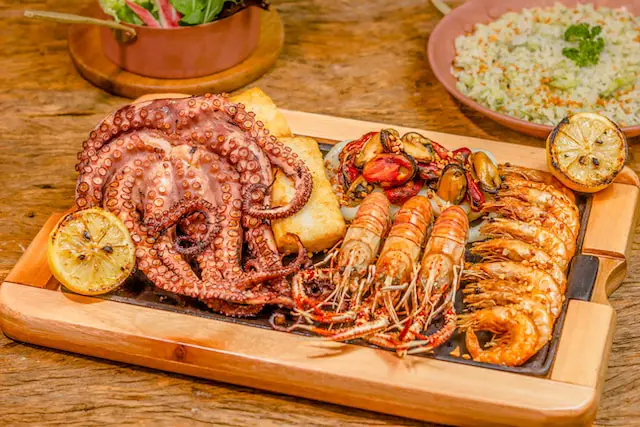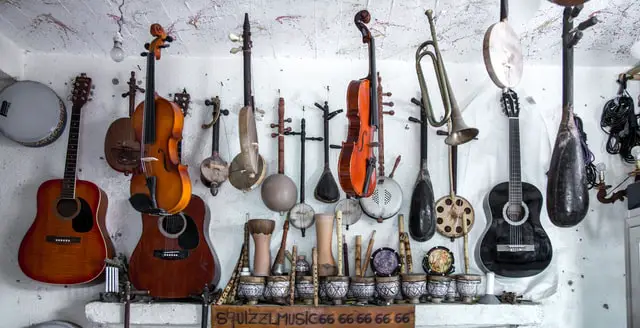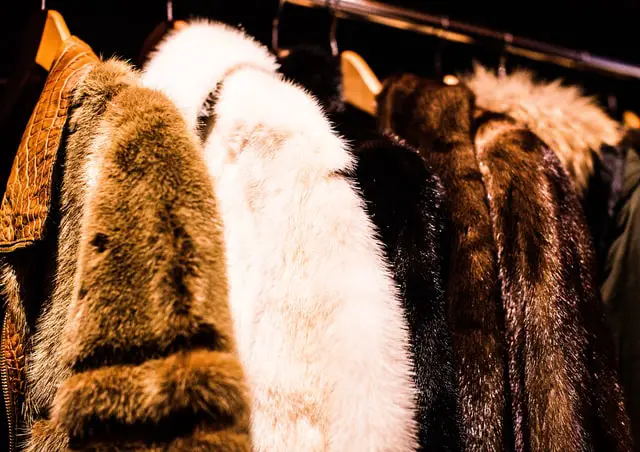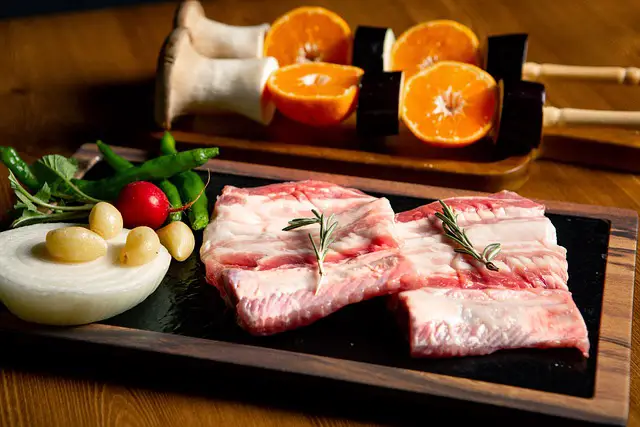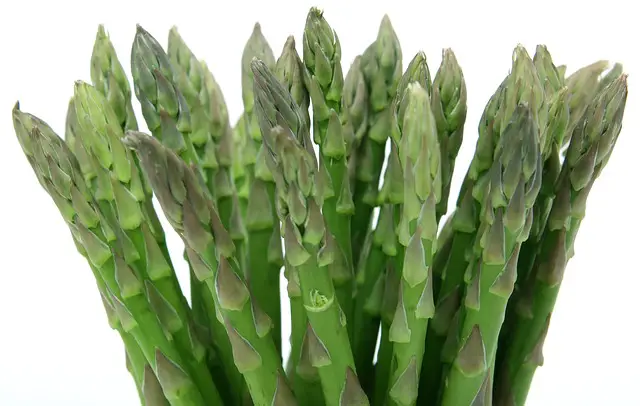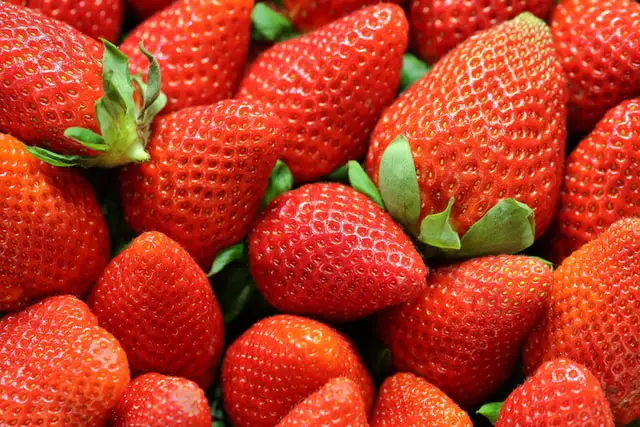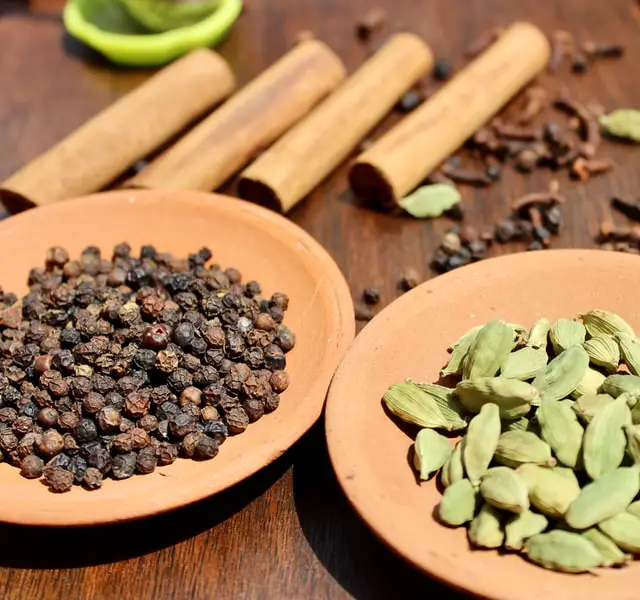Why Is Seafood So Expensive?
Seafood is widely regarded as a luxurious delicacy around the world. It is a food source that is highly valued for its unique taste and nutritional value. However, one of the most common questions that seafood lovers ask is why it is so expensive. The reasons behind the high seafood prices are complex and multifaceted, ranging from supply and demand to the health benefits of consuming seafood.
One of the most significant factors that affect the price of seafood is the supply and demand dynamics of the industry. The demand for seafood has increased in recent years due to its unique taste and health benefits, but the supply of seafood has remained relatively constant. The high demand, coupled with a limited supply, has led to an increase in the prices of seafood.
Another factor that affects the price of seafood is the type of seafood. Some types of seafood are rare and difficult to find, making them more expensive. Additionally, certain types of seafood, such as caviar and lobster, are considered luxurious delicacies and are therefore priced accordingly.
Furthermore, how seafood is raised and caught can impact its price. Farm-raised seafood, for example, is often less expensive than wild-caught seafood because it is easier to produce and more readily available. On the other hand, wild-caught fish can be more expensive because it is more difficult to catch, and the supply is limited.
Compared to other types of meat, seafood is generally more expensive. The short shelf life of seafood also increases the prices. Meat can be stored for longer periods, whereas seafood must be consumed within 24 hours of catching it. The cost of storage and transportation also contributes to the high prices of seafood.
Despite the high prices, seafood is often considered a healthier alternative to meat. Seafood is a rich source of protein, omega-3 fatty acids, vitamins, and minerals. The health benefits of seafood have led to an increase in demand, which increases the prices of seafood.
Another reason why seafood is expensive is the method of catching wild seafood. Wild fishing is a dangerous and challenging task that requires extensive equipment, highly skilled personnel, and extensive resources. The high cost of catching wild seafood is reflected in the prices of the final product.
In conclusion, the high prices of seafood can be attributed to various factors, including supply and demand dynamics, the type of seafood, the method of raising or catching seafood, and the health benefits of consuming seafood. Despite being more expensive than some types of meat, seafood is still highly valued around the world for its unique taste and nutritional value. For seafood lovers, it’s worth splurging a bit to savor the unique taste of some of the most exquisite seafood in the world.
Frequently Asked Questions
What is the most expensive seafood?
The most expensive seafood can vary depending on the location and availability of the product. However, some of the most expensive seafood items include:
1. Bluefin Tuna – prized for its rich, buttery taste and high-fat content, Bluefin Tuna is one of the most expensive seafood items in the world. It is highly sought after in Japan, where a single fish can fetch prices of over $3 million in auctions.
2. Lobster – Lobster is a luxurious delicacy that is considered a luxury item around the world. The prices of lobsters can vary depending on the size and location, but it is generally considered to be one of the most expensive seafood items.
3. King Crab – King Crab is another expensive seafood item that is prized for its sweet and delicate flavor. The prices of king crab can vary depending on the location and season, but it is generally considered to be a high-end item.
4. Sea Urchin – Sea Urchin is a prized delicacy in Japan and other countries around the world. It is typically served raw and is prized for its creamy texture and rich, umami flavor. It is also one of the most expensive seafood items.
5. Caviar – Caviar is made from the roe of sturgeon fish and is considered one of the most luxurious and expensive seafood items in the world. The price of caviar can vary depending on the quality, with high-quality caviar fetching prices of over $10,000 per kilogram.
Overall, these seafood items are among the most expensive in the world and are highly prized by seafood enthusiasts and gourmets alike.
Why are shrimp so expensive?
Shrimp can be expensive due to a combination of factors. One of the main reasons is the high demand for shrimp. Shrimp is a popular seafood item that is enjoyed by many people around the world. The increasing popularity of shrimp has led to a surge in demand, which in turn, drives up the price.
Another factor that contributes to the high price of shrimp is the cost of production. Shrimp farming requires a significant investment in infrastructure, including tanks, ponds, and filtration systems. The cost of maintaining these facilities and ensuring that the shrimp are healthy and well-fed adds to the overall cost of production.
Additionally, the cost of labor can also impact the price of shrimp. In many countries, shrimp farming is a labor-intensive process that requires a significant amount of manpower. The cost of hiring workers and ensuring that they are well-trained and properly compensated can add to the overall cost of production.
Another factor that can contribute to the high cost of shrimp is the method of catching wild shrimp. Wild shrimp are caught using trawling or netting methods, which can be expensive due to the high cost of fuel and equipment. The cost of maintaining and repairing fishing gear can also add to the overall cost of production.
Finally, the location of the shrimp farm or the fishing grounds can also affect the price of shrimp. Shrimp farms located in areas with higher production costs, such as those with higher labor costs, may have to charge more for their product to cover their expenses. Similarly, wild-caught shrimp from remote or hard-to-reach areas may be more expensive due to the higher cost of transportation.
In conclusion, the high demand for shrimp, the cost of production, labor costs, the method of catching wild shrimp, and the location of shrimp farms or fishing grounds are some of the factors that contribute to the high cost of shrimp. Despite the high price, shrimp remains a popular and delicious seafood item that is enjoyed by many people around the world.
Why is seafood so expensive in the USA?
Seafood can be expensive in the USA due to a variety of factors. One of the main reasons is the supply and demand. As the demand for seafood has increased, the supply has not been able to keep up, resulting in higher prices.
Another factor that contributes to the high cost of seafood in the USA is the cost of transportation. Many types of seafood are perishable and need to be transported quickly and efficiently to ensure their freshness. The cost of transportation can add to the overall cost of the product, which in turn, drives up the price.
Additionally, the cost of labor can also impact the price of seafood. In the USA, seafood processing and packaging is often done by hand, which requires a significant amount of labor. The cost of hiring workers and ensuring that they are well-trained and properly compensated can add to the overall cost of production.
Another factor that can contribute to the high cost of seafood in the USA is the regulatory environment. The seafood industry is subject to strict regulations and standards, which can add to the cost of production. For example, the cost of complying with food safety regulations and maintaining proper hygiene standards can add to the overall cost of production.
Furthermore, the short shelf life of many types of seafood can also contribute to the high prices. Seafood that is caught or harvested has a limited shelf life, which means that it needs to be sold quickly before it goes bad. This can create a sense of urgency among sellers, which can lead to higher prices.
Finally, some types of seafood are rare or difficult to catch, which can also contribute to the high prices. For example, wild-caught salmon or Alaskan king crab can be expensive due to their limited availability and the cost of catching them in remote or hard-to-reach areas.
In conclusion, the supply and demand, cost of transportation, labor costs, regulatory environment, short shelf life, and rarity of some types of seafood are some of the factors that contribute to the high cost of seafood in the USA. Despite the high prices, seafood remains a popular and nutritious food item that is enjoyed by many people.
What determines the price of seafood?
The price of seafood is determined by a variety of factors, including:
1. Supply and demand: Like any other commodity, the price of seafood is largely determined by the balance between supply and demand. When the demand for seafood is high, but the supply is limited, prices tend to go up.
2. Seasonality: The availability of certain types of seafood can vary depending on the time of year. For example, lobster is often more expensive in the winter when demand is high and supply is limited.
3. Location: The location of the seafood source can also impact the price. Seafood caught or farmed in remote or hard-to-reach areas may be more expensive due to the higher cost of transportation.
4. Type of seafood: Different types of seafood have different production costs. For example, some types of shellfish, such as lobster and crab, are more expensive to catch and transport, which makes them more expensive for consumers.
5. Production method: The method used to catch or farm the seafood can also impact the price. Wild-caught seafood can be more expensive than farm-raised seafood, for example.
6. Labor costs: The cost of labor can also impact the price of seafood. Seafood processing and packaging often require a significant amount of manual labor, which can increase the cost of production.
7. Regulations: The seafood industry is subject to strict regulations and standards, which can add to the cost of production. For example, the cost of complying with food safety regulations and maintaining proper hygiene standards can add to the overall cost of production.
8. Exchange rates: For imported seafood, the exchange rate between the country of origin and the country of sale can also impact the price.
In conclusion, the price of seafood is determined by a complex interplay of factors, including supply and demand, seasonality, location, type of seafood, production method, labor costs, regulations, and exchange rates. Understanding these factors can help consumers make informed choices when purchasing seafood.
How to reheat seafood boil?
Reheating a seafood boil can be a bit tricky, as overcooking the seafood can cause it to become tough and rubbery. Here are some tips for reheating a seafood boil:
1. Remove the seafood and vegetables from the broth: Using a slotted spoon or strainer, remove the seafood and vegetables from the broth and set them aside.
2. Strain the broth: Strain the broth through a fine-mesh strainer to remove any small bits of seasoning or debris.
3. Reheat the broth: Pour the strained broth back into a large pot and heat it over medium-high heat until it comes to a simmer.
4. Add the seafood and vegetables: Add the seafood and vegetables to the simmering broth and cook for just a few minutes, until they are heated through. Be careful not to overcook the seafood.
5. Serve immediately: Once the seafood and vegetables are heated through, remove them from the pot and serve immediately, with melted butter, lemon wedges, and hot sauce.
Alternatively, you can reheat the seafood and vegetables separately from the broth. To do this, simply place the seafood and vegetables in a covered baking dish and heat them in a preheated oven at 350°F (175°C) for about 10-15 minutes, until they are heated through. Again, be careful not to overcook the seafood. Once heated through, remove from the oven and serve immediately.
What is a seafood boil?
A seafood boil is a popular cooking method for preparing a variety of seafood, typically including shrimp, crab, crawfish, clams, mussels, and/or lobster, along with vegetables, sausage, and seasonings. The seafood and other ingredients are boiled together in a large pot, usually outdoors, and served family-style. The dish is often associated with the southern United States, particularly the Gulf Coast region.
Seafood boils are a social and festive way to enjoy a seafood feast with friends and family. The ingredients are usually cooked in a large pot of highly seasoned water or broth, with spices such as Old Bay seasoning, Cajun seasoning, or Creole seasoning. The seafood and vegetables are added to the pot in stages, based on their cooking time, to ensure that everything is cooked to perfection.
After the seafood and vegetables are cooked, the boil is typically drained and the ingredients are served on a large platter or spread out on a table covered with newspaper. It is common to serve seafood with melted butter, lemon wedges, and hot sauce. The communal nature of the dish makes it a popular choice for backyard barbecues, beach parties, and other outdoor gatherings.
What is the minimum internal cooking temperature for seafood?
The minimum internal cooking temperature for seafood varies depending on the type of seafood. Here are the recommended minimum internal cooking temperatures for some common types of seafood:
– Fish: 145°F (63°C) – The flesh should be opaque and flake easily with a fork.
– Shrimp, lobster, and crab: 145°F (63°C) – The shells should be bright red and the flesh should be opaque and firm.
– Scallops: 145°F (63°C) – The flesh should be opaque and firm.
– Clams, mussels, and oysters: 145°F (63°C) – The shells should open fully and the flesh should be opaque.
It’s important to note that these are minimum temperatures and many chefs recommend cooking seafood to a slightly higher temperature to ensure that any harmful bacteria are killed. When cooking seafood, it’s also important to handle it properly to prevent cross-contamination with other foods and to avoid overcooking, which can result in a tough and rubbery texture.

